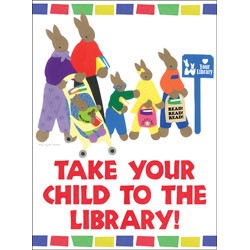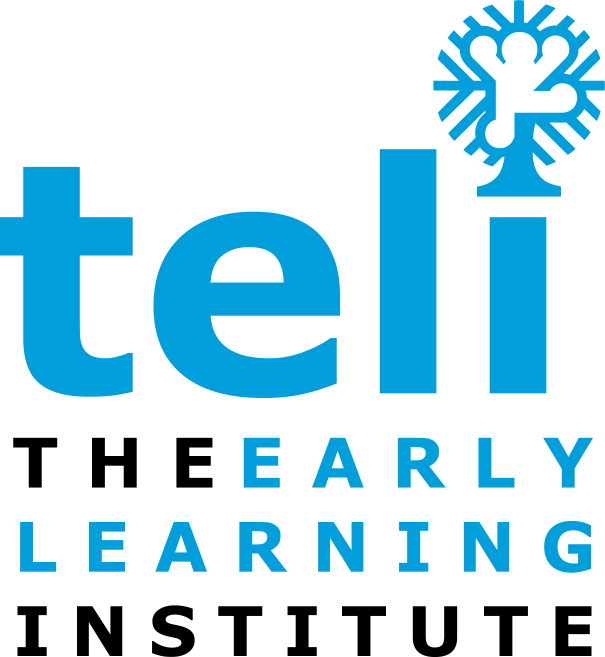
By: Kelly Beddall, Speech and Language Pathologist
Snowman Feelings
Your little ones try to communicate to you in many ways. They may use a combination of both verbal communication (the words) and nonverbal communication (body language, gestures, facial expressions). When an individual learns to communicate, they will exchange information and feelings.
But what happens when your child does not understand feelings? A communication breakdown occurs which may lead to feelings of isolation or frustration. One way that you can work on your toddler’s feelings is to help him learn the words or vocabulary associated with emotions. A toddler vocabulary should be made up of a variety of emotions such as happy, sad, mad/angry, surprised, and tired.
Try using a fun snowman craft to get started with labeling feelings. You can get creative by coloring and cutting out a picture of a snowman or you can use a dry-erase board to draw your snowman. First draw the snowman and then draw attention to the face on the snowman and label the emotion. You can use simple phrases such as “Oh this snowman is happy! You look happy too!” Practice making faces that match the snowman’s emotion. You might also say, “He is sad. Can you make a sad face?”
Adults can also expand on this activity by talking about things that make you feel sad, happy, mad, etc. You could say, “I’m happy when you give me a hug.” Or “it makes me sad when you fall and get hurt.” Try using a mirror to practice making faces that match the emotion.
Next time you head out into the snow to make a real snowman you can ask “How does the snowman feel?” and give a face that matches the emotion.
Off to the Library
PLEASE NOTE: As a means of stopping the spread of the Coronavirus, please remember that social distancing should be practiced, and any activities noted should occur only in the home with your immediate family. At this time any mention of play dates or interaction with other children is NOT RECOMMENDED.
 Your child is learning new vocabulary each and every day. With each changing season there is always new vocabulary to learn. Helping your child learn this new vocabulary is very important in helping him or her become an effective communicator. It also helps with listening and understanding. For example “Go get your shoes” will be replaced with “Go get your boots.”
Your child is learning new vocabulary each and every day. With each changing season there is always new vocabulary to learn. Helping your child learn this new vocabulary is very important in helping him or her become an effective communicator. It also helps with listening and understanding. For example “Go get your shoes” will be replaced with “Go get your boots.”
As a parent or caregiver you can model these new words during daily activities. You can also use seasonal books to introduce new vocabulary. Your library has a wide range of books that you can reserve online for pick up or download digital versions to enjoy in your home. The library has a variety of books that can help your child learn new vocabulary to go with the winter season.
Check out some of these great titles:
Here are a few tips:
Take advantage of your local library as a wonderful resource for you and your child to visit. You can make an afternoon of it and read the books in the library or take them home to read over and over again!
